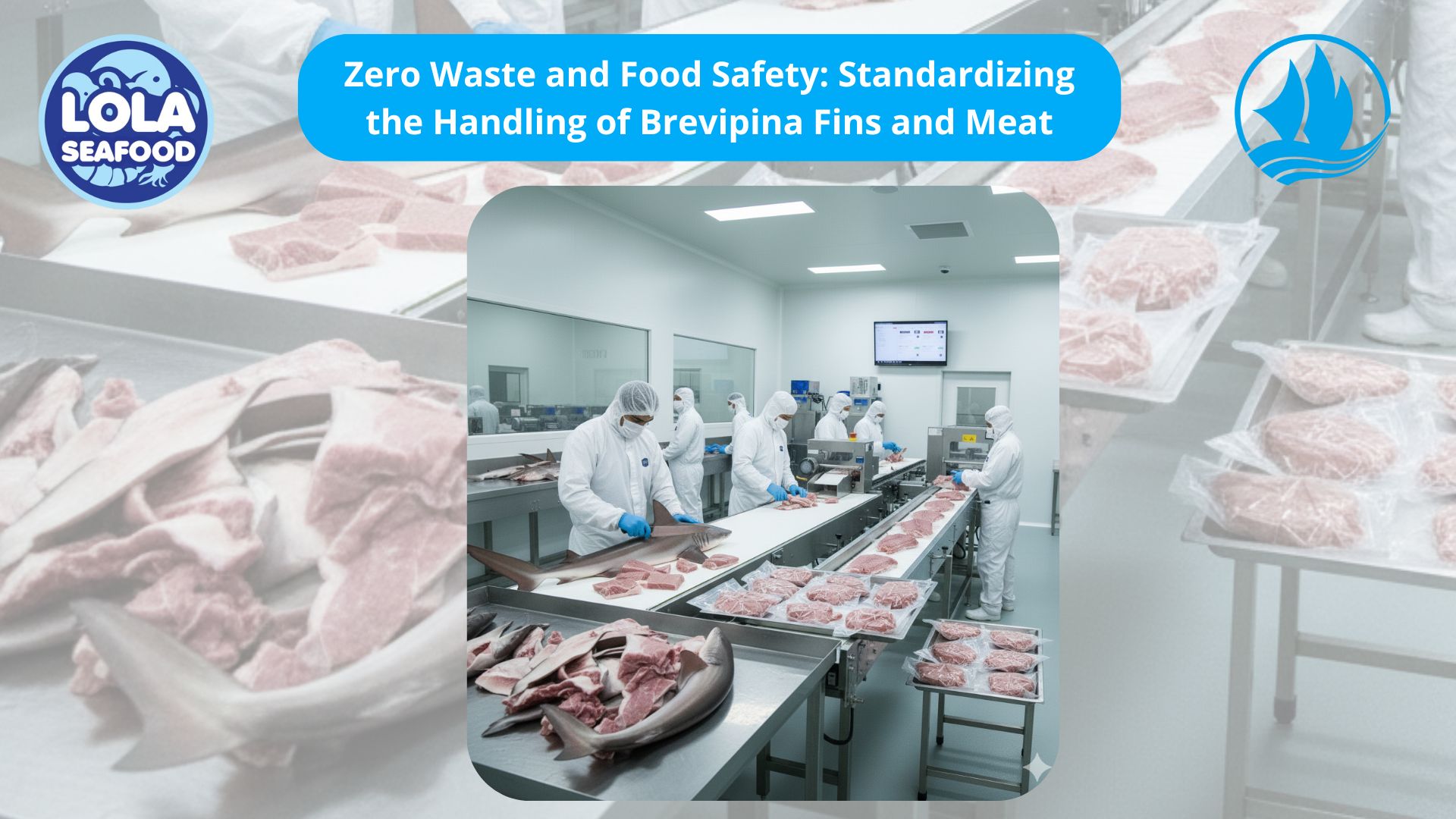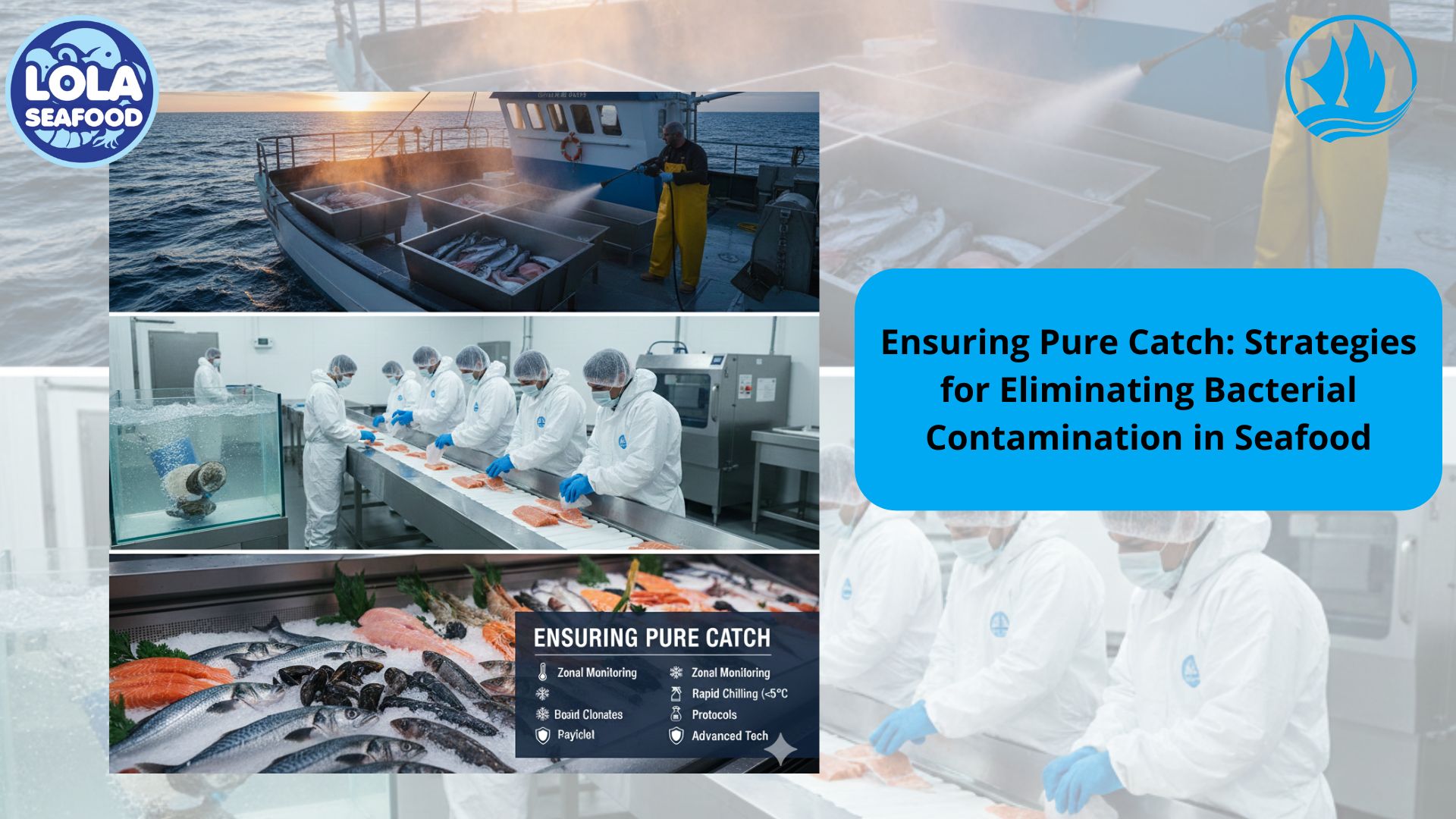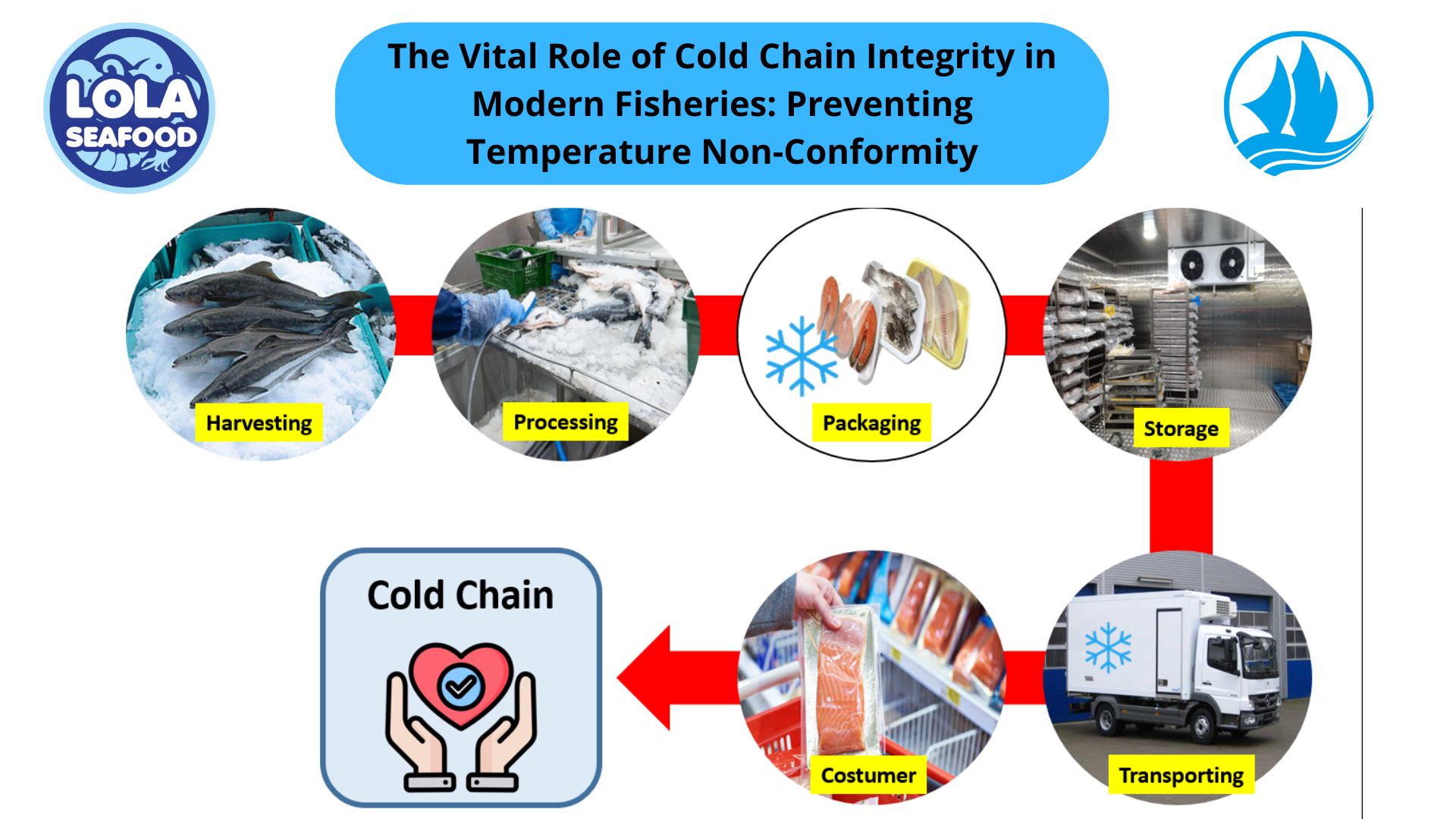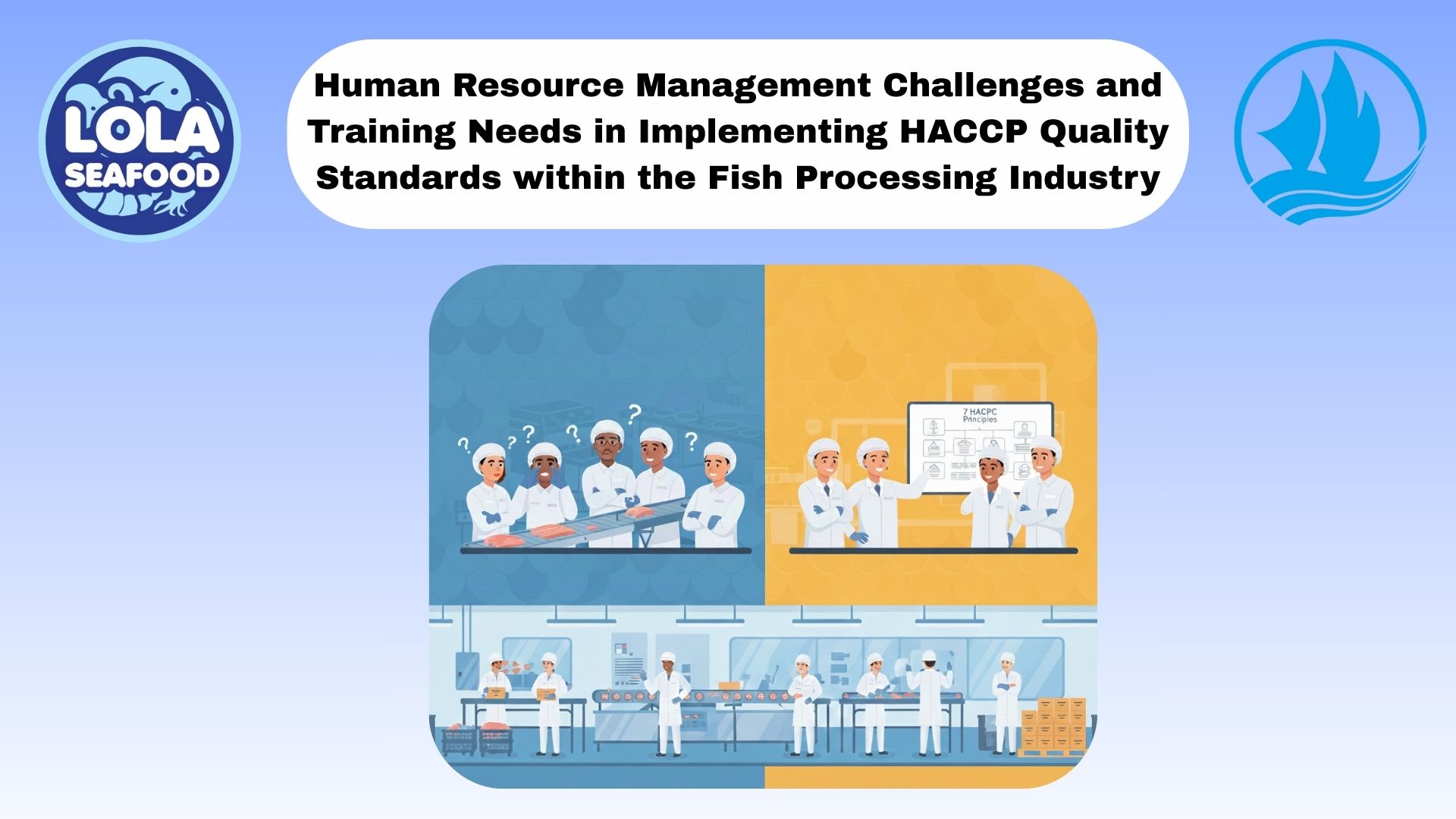How to Prevent Quality Deterioration in Frozen Fish Products
By. Najih - 09 Sep 2024.jpg)
Maintaining the quality of frozen fish is crucial for ensuring product safety, consumer satisfaction, and minimizing waste. Quality deterioration can occur due to various factors such as improper handling, inadequate freezing methods, and poor storage conditions. Here’s a guide on how to prevent quality deterioration in frozen fish products:
1. Proper Handling and Processing
Overview: Proper handling and processing are essential to prevent contamination and quality loss before freezing.
Strategies:
- Hygiene: Ensure that all equipment and handling areas are clean and sanitized to avoid contamination.
- Prompt Processing: Fish should be processed as soon as possible after capture to minimize spoilage.
- Temperature Control: Keep fish at a low temperature during handling to prevent partial thawing and bacterial growth.
2. Effective Freezing Techniques
Overview: The freezing process itself plays a significant role in preserving the quality of fish. Effective freezing techniques minimize ice crystal formation and maintain texture.
Strategies:
- Flash Freezing: Use rapid freezing methods such as blast freezing or cryogenic freezing to quickly lower the temperature and reduce ice crystal size.
- Individual Quick Freezing (IQF): Freeze fish pieces individually to prevent them from sticking together and ensure even freezing.
3. Optimal Storage Conditions
Overview: Proper storage is critical for maintaining the quality of frozen fish over time. Inadequate storage conditions can lead to freezer burn, texture changes, and flavor loss.
Strategies:
- Temperature Maintenance: Store frozen fish at a consistent temperature of -18°C (0°F) or lower to prevent thawing and refreezing.
- Packaging: Use airtight, moisture-resistant packaging to prevent freezer burn and contamination. Vacuum-sealing can also help extend shelf life.
4. Avoiding Temperature Fluctuations
Overview: Temperature fluctuations can lead to quality issues such as freezer burn and texture deterioration. Maintaining a stable temperature is crucial for preserving frozen fish.
Strategies:
- Monitor Freezer Temperature: Regularly check and maintain the freezer temperature to ensure it stays consistently below -18°C (0°F).
- Avoid Overloading: Do not overcrowd the freezer, as this can obstruct air circulation and lead to uneven freezing.
5. Regular Quality Checks
Overview: Routine quality checks can help identify and address issues before they impact the entire batch of frozen fish.
Strategies:
- Inspection: Regularly inspect frozen fish for signs of quality deterioration such as discoloration, off odors, or ice crystals on the surface.
- Sampling: Conduct periodic sampling and testing to ensure that the fish meets quality and safety standards.
6. Implementing Best Practices in the Supply Chain
Overview: Quality maintenance throughout the supply chain is essential for ensuring that frozen fish products remain in optimal condition from processing to consumer purchase.
Strategies:
- Training: Train staff in proper handling, freezing, and storage techniques to ensure consistency in quality management.
- Supplier Standards: Work with suppliers who adhere to high standards of quality and safety in their processing and freezing methods.

Optimizing Wild-Caught Fish Logistics: Maintaining Thermal Core Integrity During Long-Haul Transport
.jpg)



.jpg)

 and Employee Productivity on the Demersal Fish Processing Floor.jpg)
